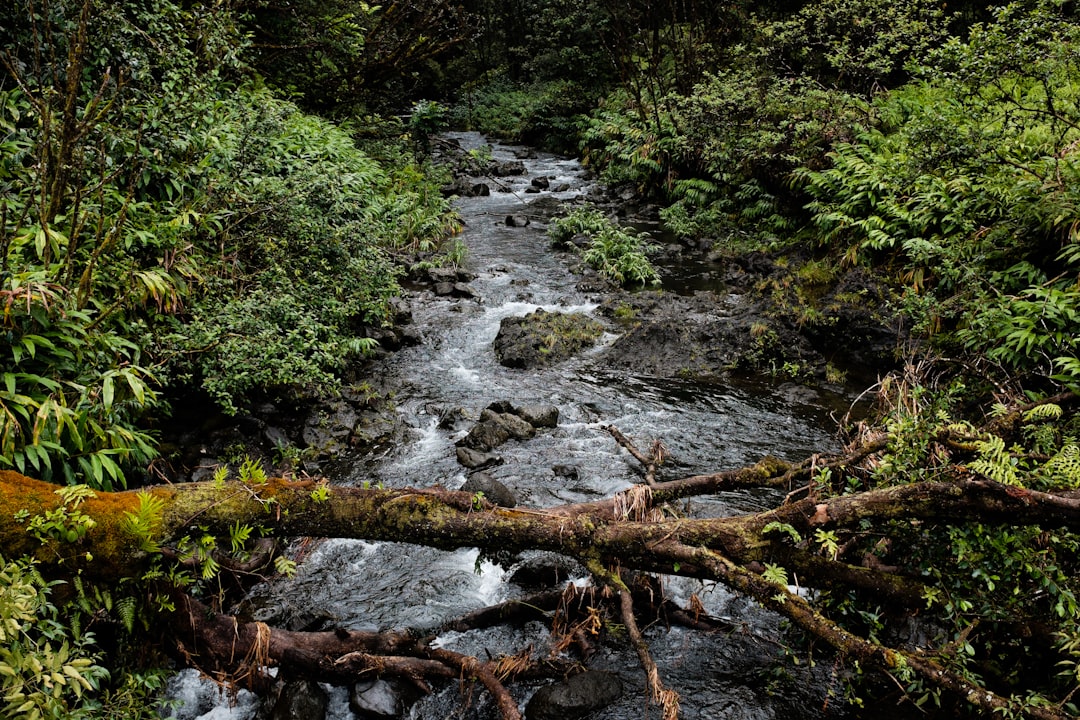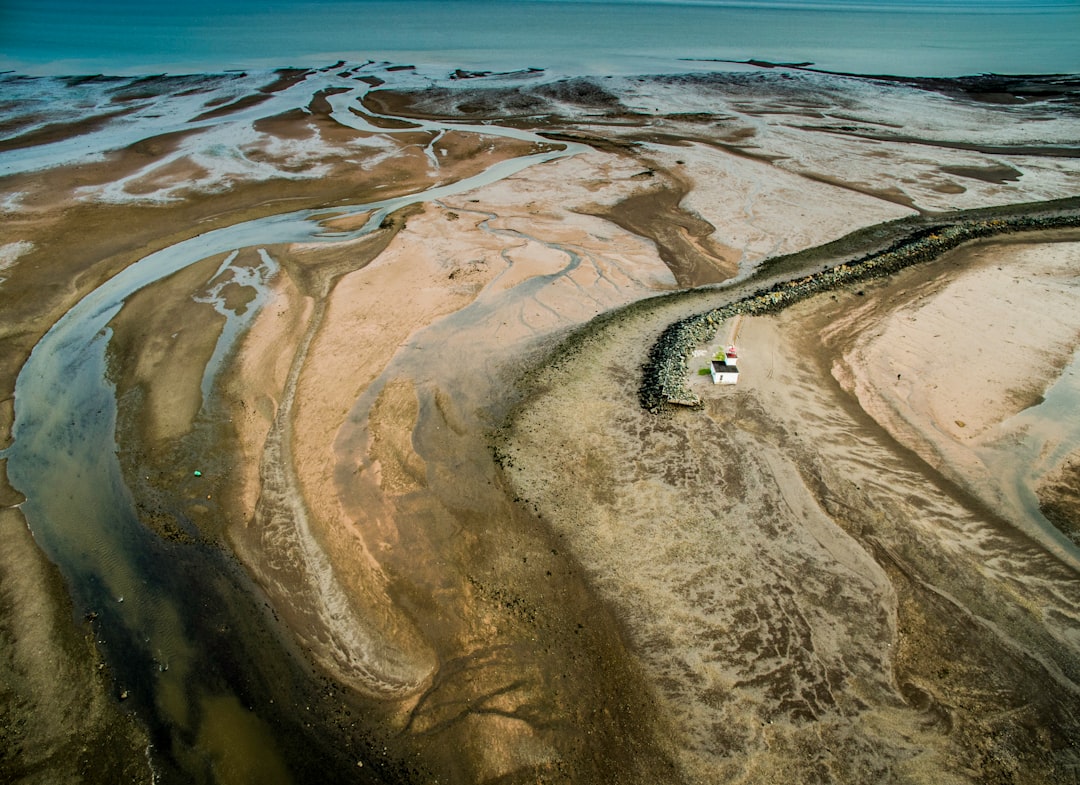What is it about?
Life-history (age, growth, age validation, reproduction and demography) studies of elasmobranchs date back to the middle of the last century with major early contributions made by British fishery scientists. As predicted by Holden in the early 1970s, many sharks and rays can be vulnerable to fishery mortality because they grow slowly, mature late in life, reproduce infrequently, have relatively low fecundities and can have relatively long life spans. As has now been found, however, not all species exhibit these traits. Also, ageing structures (neural arches and caudal thorns), other than vertebrae and spines, have since been evaluated. Various methods for validating age and growth estimates have been developed and tested on numerous species of elasmobranchs. These include tag–recapture analyses, oxytetracycline injections, centrum or spine edge and marginal increment analyses, and bomb radiocarbon dating of calcified structures. Application of these techniques has sometimes not only validated relatively slow growth and long life span estimates, but also has produced other results. A brief historical perspective on the applications and limitations of these techniques for elasmobranchs is provided, along with a discussion of selected species for which these techniques worked well, did not work at all or have produced variable and conflicting results. Because many fishery management techniques utilize age or stage-specific information, often through demographic analyses, accurate information on the life histories of fished populations, especially age validation, is extremely important for the fishery management of these cartilaginous fishes. © 2015 The Fisheries Society of the British Isles
Featured Image
Why is it important?
This is a review article based upon a keynote address given at the Fisheries Society of the British Isles in 2015. It emphasizes the importance of understanding life histories to manage marine fisheries, in this case, sharks and rays.
Perspectives
It was an honor to present the keynote address and to prepare this paper as a result in the Journal of Fish Biology.
Dr Gregor Michel Cailliet
Moss Landing Marine Laboratories
Read the Original
This page is a summary of: Perspectives on elasmobranch life-history studies: a focus on age validation and relevance to fishery management, Journal of Fish Biology, December 2015, Wiley,
DOI: 10.1111/jfb.12829.
You can read the full text:
Contributors
The following have contributed to this page










